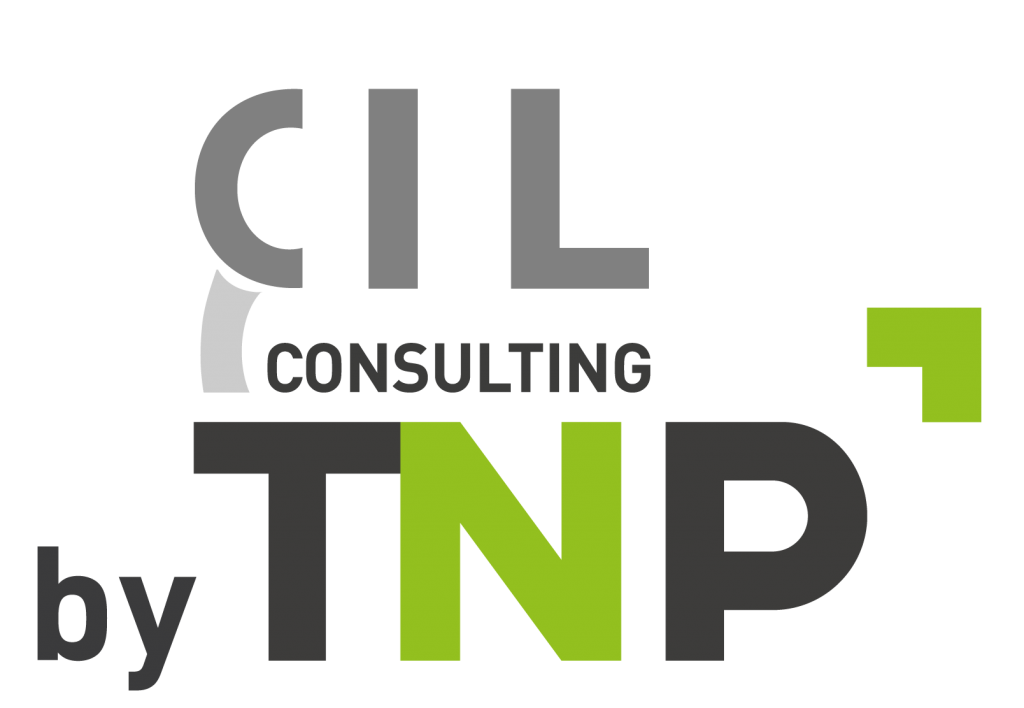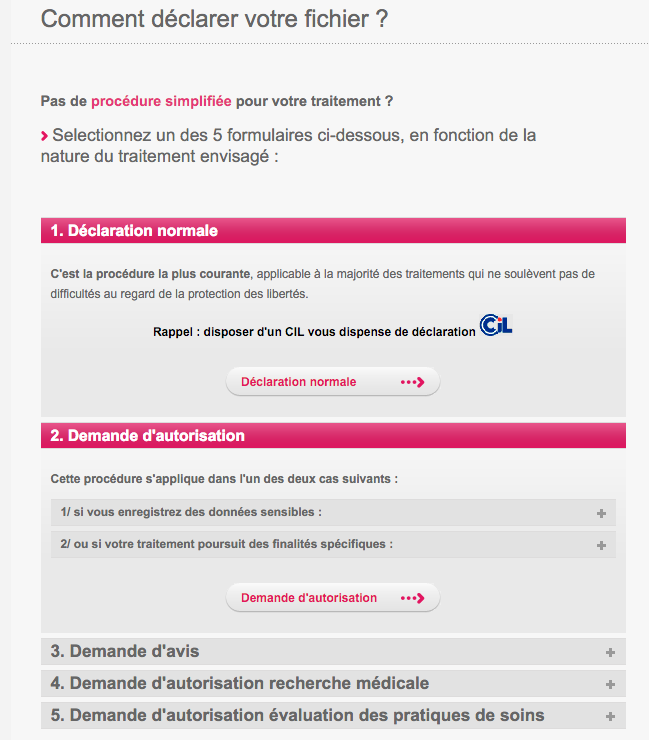“Tracking” and “Profiling, two intertwined concepts
Each person leaves behind a great number of digital footprints each day, whether this be during their online navigation, their use of mobile apps or connected objects, their shopping, their travels…
The “tracking” or monitoring of an individual can allow entities to measure their audience in an aggregated statistical format. It can also be used to construct a profile of the said individual in order to send them targeted advertisement and personalized services.
Numerous solutions are used for these purposes: Javascript, Supercookies, Fingerprinting, various mobile sensor devices, Deep Packet Inspection (DPI)…
By increasing the possibilities of interconnecting the collected “Online” and “Offline” data, Big Data increases the risk of violating an individual’s confidentiality, rights, and liberties.
What is “Profiling”?
“Profiling” is an automated processing of data whose purpose is to analyze or predict an individual’s personality or certain aspects about them such as: their work performance, their economic situation, their location, their health, their preferences, their loyalty or their behavior.
An individual’s profile is in itself personal data.
The European General Data Protection Regulation structures the legal framework of these automated processing of personal data, and more specifically “profiling”.
In practice, a company can only be as intelligent as the sum of all of their observations collected by the various business information systems which can also be supplemented by external data sources. “The data finds the data”, it is up to the user to determine the pertinence and the proportionality of the predetermined criteria.
The processing of Big Data requires a Data Protection & Privacy by Design approach. This approach means integrating the following principles:
- The minimization of data,
- The de-identification or anonymization of personal data,
- The management, traceability, and supervision of access to the data.


